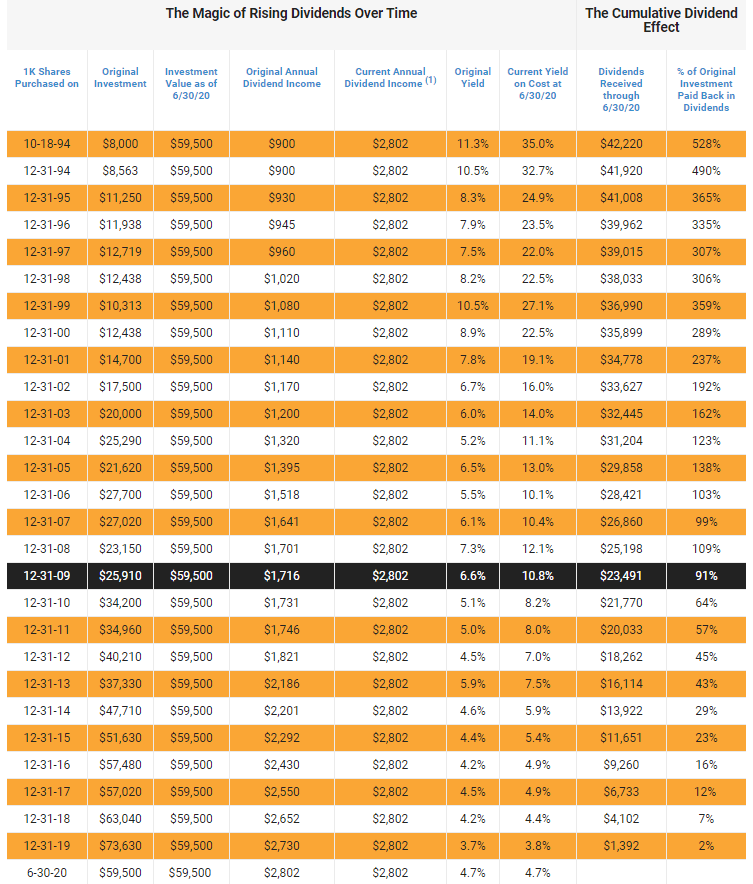Understanding O Dividend: A Comprehensive Guide For Investors
In the world of investing, understanding the concept of "O Dividend" can be a game changer for your portfolio. This term is often associated with the dividend payments made by companies, particularly those that are publicly traded. As an investor, grasping the nuances of dividends, especially O Dividends, can significantly impact your investment strategy and financial success.
With the rise of dividend investing as a popular strategy among both novice and experienced investors, it’s crucial to understand how dividends work, what O Dividends specifically refer to, and how they can benefit your investment portfolio. In this article, we will dive deep into the world of O Dividends, offering insights, tips, and everything you need to know to make informed investment decisions.
By the end of this article, you will have a clearer understanding of O Dividends, their significance, and how you can leverage them to achieve your financial goals. So, let’s get started!
Table of Contents
- What is O Dividend?
- Importance of Dividends in Investing
- How O Dividend Works
- Types of Dividends
- Benefits of O Dividend for Investors
- Risks Associated with O Dividends
- Strategies for Investing in O Dividends
- Conclusion
What is O Dividend?
O Dividend refers to the dividends paid out by a specific type of company, often characterized by their stable earnings and consistent dividend policies. The term "O" can denote a specific stock or fund, such as Realty Income Corporation, which is famously known for its monthly dividend payments.
Key Characteristics of O Dividends
- Regular payment schedule (often monthly)
- Reliability and consistency in payments
- Focus on income generation for investors
Understanding O Dividends is essential for investors seeking regular income from their investments, especially in a low-interest-rate environment.
Importance of Dividends in Investing
Dividends are a crucial aspect of investing as they provide investors with a return on their investment without needing to sell their shares. They serve multiple purposes:
- Income Generation: Dividends provide a steady income stream for investors.
- Reinvestment Opportunities: Investors can reinvest dividends to purchase more shares, compounding their investment.
- Market Indicator: Companies that consistently pay dividends are often seen as financially stable and reliable.
How O Dividend Works
The mechanism behind O Dividends is relatively straightforward. Companies that generate sufficient profits may choose to distribute a portion of those profits as dividends to their shareholders. This distribution can take various forms:
- Cash Dividends: Direct payments made to shareholders.
- Stock Dividends: Additional shares issued to shareholders instead of cash.
Payment Frequency of O Dividends
One of the distinguishing features of O Dividends is their payment frequency. Unlike most companies that pay dividends quarterly, companies like Realty Income Corporation pay dividends monthly, making them particularly appealing to income-focused investors.
Types of Dividends
Understanding the different types of dividends is essential for investors looking to diversify their portfolios. Here are some common types:
- Regular Cash Dividends: The most common form, paid out of profits.
- Special Dividends: One-time payments made to shareholders, often resulting from excess profits.
- Preferred Dividends: Payments to preferred shareholders, often at a fixed rate.
- Liquidating Dividends: Payments made when a company is dissolving and distributing its assets.
Benefits of O Dividend for Investors
Investing in O Dividends can offer several advantages:
- Stable Income: O Dividends provide consistent cash flow, essential for retirees and income-focused investors.
- Inflation Hedge: Regular dividend payments can help offset inflation, preserving purchasing power.
- Tax Benefits: Qualified dividends may be taxed at a lower rate than ordinary income.
Risks Associated with O Dividends
While O Dividends can be beneficial, there are risks associated with dividend investing that investors should consider:
- Dividend Cuts: Companies may reduce or eliminate dividends during financial downturns.
- Market Risk: Stock prices can fluctuate, impacting the overall value of an investment.
- Concentration Risk: Investing heavily in dividend-paying stocks can lead to lack of diversification.
Strategies for Investing in O Dividends
To maximize the benefits of O Dividends, investors can adopt several strategies:
- Dividend Reinvestment Plans (DRIPs): Automatically reinvest dividends to purchase more shares.
- Diversification: Spread investments across various sectors to mitigate risk.
- Research: Regularly evaluate the financial health of dividend-paying companies.
Conclusion
In conclusion, understanding O Dividends is crucial for any investor looking to generate income through their investment portfolio. By grasping the mechanics of dividends, the benefits they offer, and the risks involved, you can make informed decisions that align with your financial goals.
If you found this article helpful, consider leaving a comment below or sharing it with others who might benefit from this information. For more insights into investing and finance, check out our other articles!
Thank you for reading, and we hope to see you back on our site for more valuable financial content!
St. Louis Cardinals Vs Phillies Match Player Stats: A Comprehensive Analysis
Everything You Need To Know About IOS 18: Features, Updates, And More
Top Rewards Credit Cards: Unlocking Financial Benefits


